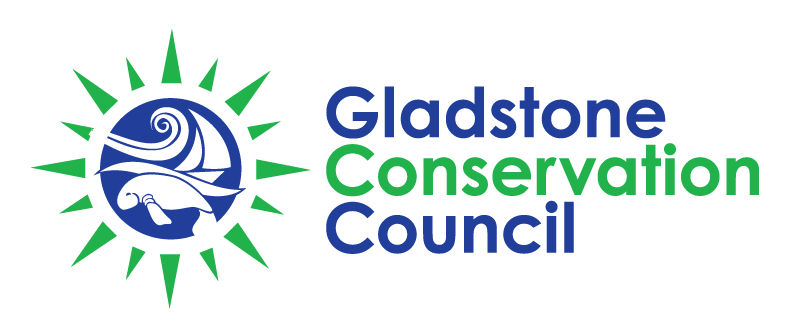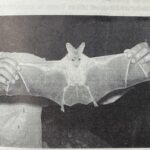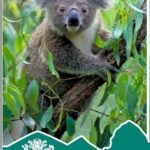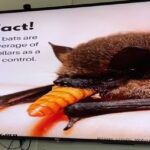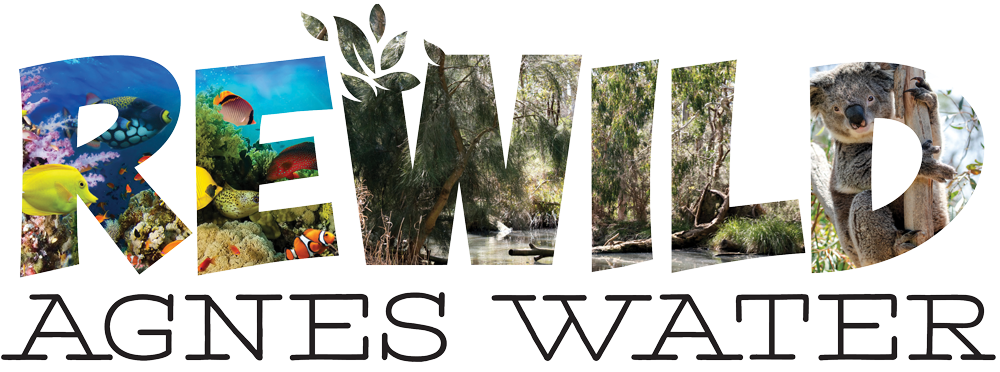
What's rewilding?
Rewilding centres on the restoration and protection of natural habitats to foster biodiversity. Ecosystems thrive on intricate interconnections, with each species contributing uniquely to ecological equilibrium. Rewilding facilitates the reestablishment of ecological processes, bolstering keystone species and permitting predator-prey dynamics to unfold organically.
For instance, Rainbow Bee-eaters (the star of our calendar this year) consume a range of insects, including flies, wasps, bees, moths, and butterflies. Consequently, the more flowering plants you have in your garden, the more food you’ll have for Bee-eaters. Bee-eaters and other insect-eating birds like Willy Wagtails, Fantails, Whistlers, Shrikethrushes, Pardalotes and Trillers, are natural insect killers. Did you know that a Swallow can eat up to 200 Midges a day?
If your property has the sandy soil that Bee-eaters love to nest in, Goannas may also visit, attracted by the prospect of raiding Bee-eater nests for eggs and hatchlings. Incredibly, this cycle relies on flowering plants!
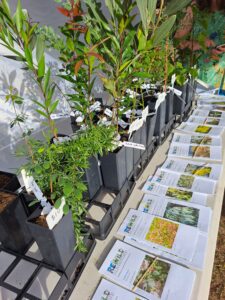
ReWild Agnes Water
You can be part of ReWild Agnes Water by growing the plants that native critters love to eat or hang out in. We pitch our ReWild tent at the 1770 Rotary Markets four times a year and sell the plants that birds and pollinators like bees and butterflies adore. Planting them in your garden not only attracts wildlife but also supports rewilding projects through plant sales, just like buying our calendar does.
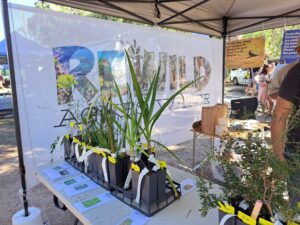
Our Nursery
The Community Nursery was inspired by the legacy of Ruth Crosson, a vibrant local figure ardently dedicated to butterflies. Ruth’s fervour for connecting indigenous butterflies with their essential plant partners and encouraging local gardeners to embrace these plants spurred the inception of the Community Nursery project.
While initially envisioning a conventional nursery named the Ruth Crosson Memorial Nursery, an innovative and decentralized approach emerged and the concept of a guerrilla nursery developed. This vision entrusted local groups with growing and selling local native plants specific to their location. The project blossomed and took off like wildfire—a testament to Ruth’s spirit.
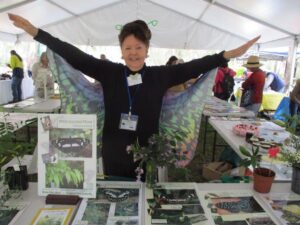
Our Annual Calendar
Every year, the Gladstone Conservation Council produces a ReWild wall calendar, featuring a local critter and dates for local festivals and events.
We extend our most heartfelt thanks to Stephen Goldsworthy for his unwavering commitment to capturing the beauty of our local birdlife through his lens. Generously, he’s contributed his stunning images for use in this calendar, without charge. Stephen moved to Agnes Water in 2020, and his love for bird photography was reignited when he photographed the beautiful Rainbow Bee-eater at the SES Grounds—a site he considers to be among the best in Australia for photographing Bee-eaters.
Should you encounter a tall figure equipped with a lengthy camera lens, quietly navigating bush trails or peering into shrubs and trees, don’t hesitate to greet him with a hushed hello after he lowers his camera. Stephen’s always on the lookout for new bird species to capture, so feel free to reach out to him on social media if you’ve got interesting birds visiting your property. It isn’t just about photos; identifying and locating species helps with preservation efforts. You can see Stephen’s stunning images on the Facebook Bee-eater Fan Page and Agnes Water & 1770 Birders Page.

Channelling our profits
ReWild’s profits finance the printing of Bee-eater signs for gardens frequented by nesting Bee-eaters, produce our calendar and purchase materials for the community nursery.
We partner with local charity groups and schools to sell the calendars and $5 from their sales goes directly to their fundraising—effectively double benefiting our local community.
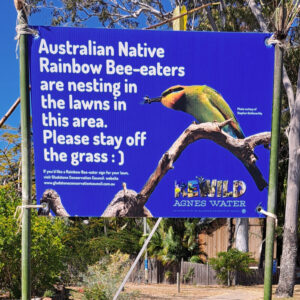
Nursery Project video
Ghost Bat resources
A collection of documentation regarding the Mt Etna Ghost Bats
DEHP Factsheet – Living with Wildlife – Koalas
Koalas are marsupials, a subclass of mammals. They belong to a unique family called Phascolarctidae. They are different from any other living marsupial and are the only animal in this family. Their closest living relatives are wombats.
Why are microbats important?
Microbats are important pollinators and they also eat large amounts of mosquitos, cockroaches, moths, mice, green frogs, crickets, slugs etc. John Parsons has been working with microbats for many years, and this video shows a recent presentation. Click here to watch. Buy a microbat box here.
